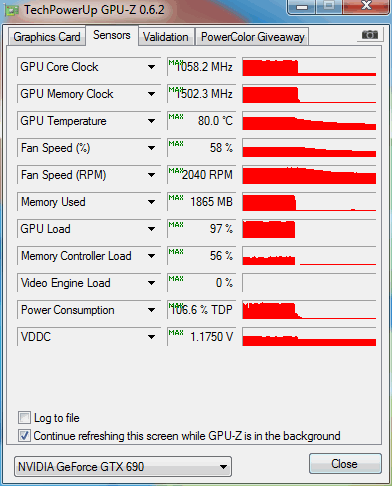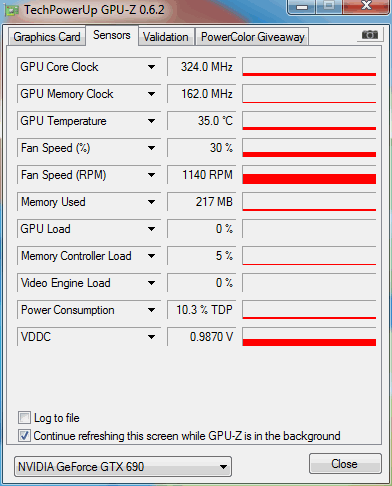Index
Although this is a dual GPU graphics card, we were pleased with overclocking. Reference GPU Base clock is 915MHz, but we used EVGA’s Precision X to boost it +135MHz. We had even more fun with the memory and pushed it from reference 1502MHz to 1752MHz.
In order to provide better cooling while we’re squeezing out more juice from the card, we maxed out the fan in PrecisionX, which was 95%RPM. Thermals on both GPUs were just fine after our overclocking, although the fan ran loud when at 95%RPM.
EVGA already made a water block for its GTX 690 Hydro Copper graphics card, and users will be able to buy it separately. If overclocking is your deal, then we’d definitely recommend buying the block.
The reference cooler is really a quality part so reference clocked GTX 690’s really won’t have problems with cooling or noise. When idle, GTX 690 is almost inaudible.
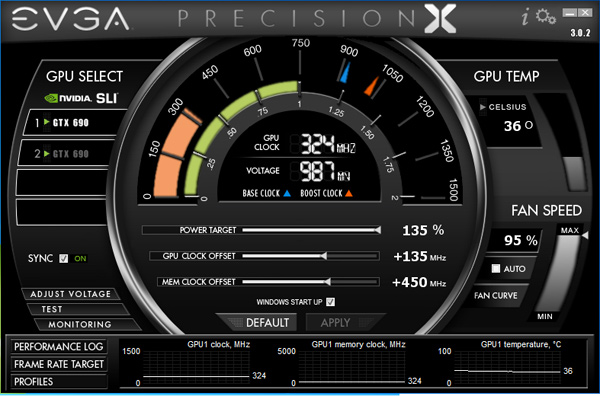
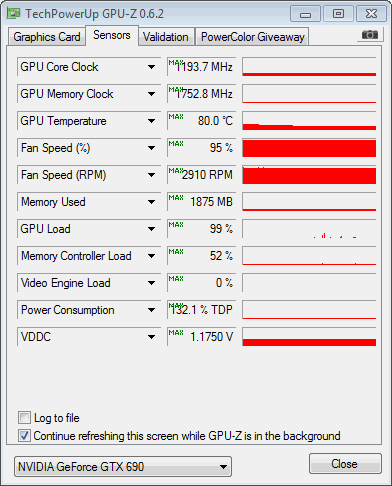
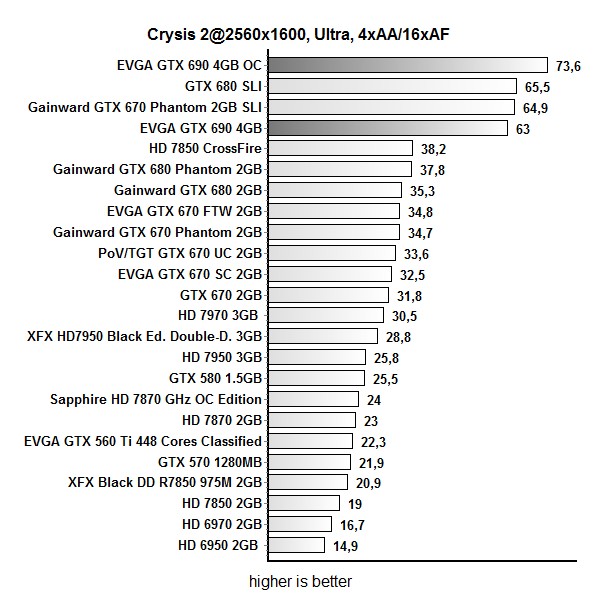
When the fan was set to AUTO, reference clocked card didn’t exceed 80°C. At the same time, the fan didn’t exceed 2050RPM, which kept it quiet as well. GTX 690 is about as quiet as a single GTX 680, but definitely quieter than two GTX 680s in SLI.
